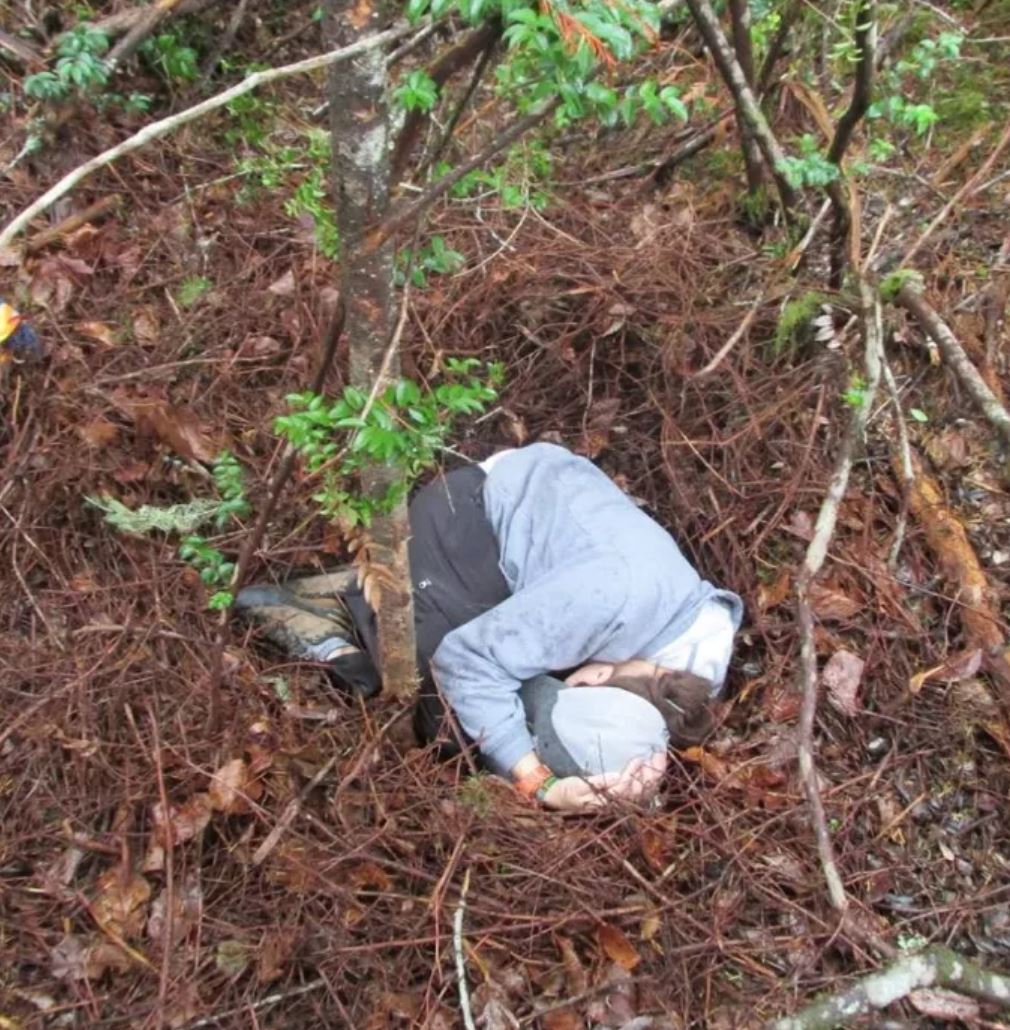
We don’t believe in Bigfoot at MeatEater, but we’re damn interested in him. To see if a crew of staunch skeptics could be swayed, we gathered the most respected Bigfoot authorities to answer our most pressing questions. This is part one of our eight-part series, Ask a Squatcher.
I don’t believe that the moon affects the whitetail rut—there’s simply too much science that tells us otherwise. But deep down, I’m always excited when the newest “Moon Guide” is released and I’m eager to talk to hunters that are loyal to astronomy. I have the same feelings about Bigfoot. You can guarantee when I’m flipping through the channels and there’s a show about Sasquatch, I’m dropping the remote. Sometimes I think I’m more interested in Bigfoot (and moon phases) than people who actually believe they’re real.
In the first edition of “Ask a Squatcher,” I challenged our experts to do their best to persuade me he exists. Here are their answers.
Dr. Jeffrey Meldrum, Idaho State University
Dr. Jeffrey Meldrum is a professor of Anatomy and Anthropology. His lab in Pocatello, Idaho, houses over 300 footprint casts from a mysterious North American primate. He is the author of “Sasquatch: Legend Meets Science,” which explores the scientific evidence for Bigfoot.
“Historical evidence for the existence of Bigfoot takes the form of Native American accounts of a ‘wildman of the woods.’ Depictions are remarkably similar across tribes considering the differing regional circumstances and interpretations. As European settlers pressed westward into the wilderness, they too reported encounters with wildmen, buggars, giant hairy apes, mountain devils, etc. Frontiersmen’s accounts were usually spun as sensational newspaper stories that were given little credence.
“From my perspective as a student of human bipedalism—our adaptations for walking on two feet—the best contemporary evidence are the footprints that corroborate these stories of wildmen. Something is leaving over-sized human-like footprints. They are either hoaxed, misidentified, or the trace of a real species. The distinctive anatomy, documented consistently over the past 70 years, is compelling evidence of the latter.”
Jeremiah Byron, Bigfoot Society Podcast
Jeremiah Byron is the host of the Bigfoot Society Podcast. His weekly show provides a platform for the people who make it their life’s work to prove that Bigfoot exists.
“My favorite evidence is the Bigfoot nests that have been found by Shane Corson and the members of the Olympic Project in Washington State. Primatologists from unnamed zoos have been brought into the nest areas and have said that these nests are made by primates of some kind due to their familiarity with how primates make structures. This tells me that we are dealing with a large North American ape primate which simply has not been documented or captured due to the largely undiscovered and unexplored Pacific Northwest.”

Ronny Le Blanc, Expedition Bigfoot
Ronny Le Blanc a host of Expedition Bigfoot on the Travel Channel. His team claims to have Bigfoot evidence that includes hair samples, infra-sound vocalizations, footprints, nests, and thermal imagery. He is the author of “Monsterland,” a deep dive on the Bigfoot phenomena.
“Some of the best evidence for Bigfoot continues to emerge from hikers, hunters, and those that are close to nature. Witnesses claiming to be repeatedly visited by Sasquatch families are becoming more commonplace. Reports of encountering bipedal, hairy, human-like creatures continues without any sign of slowing. When it comes to evidence, the Patterson-Gimlin film of 1967 still holds the crown as the undisputed champion of a Cryptid reality. The Sierra Sounds recorded by Ron Moorehead and Al Berry is an honorable mention. Vocalizations below the range of normal human hearing by an unknown animal in North America as well as incredible thermal imagery has been captured by the team of Expedition Bigfoot while on location last year in Oregon.
“In regards to historical evidence, numerous Native American tribes throughout North America recognize Sasquatch as a real being. And it is not just here—it’s an international phenomenon. Tribes across the US have descriptions and names for these Bigfoot creatures. Some of these are menacing like ‘Hairy Cannibal,’ ‘Stone Giants,’ or ‘Wood Devil.’ Other names are more approachable, like ‘The Forest People,’ which describes Bigfoot as a creature that was respected and lived alongside. Knowledge Keepers of the Hoopa Tribe of Northern California, for example, list the Seven Sacred Laws which act as the foundation of the relationship their people have with nature. Each of these laws is visually represented by a real animal. Included in the seven are a buffalo, an eagle, a bear, a beaver, a wolf, a turtle, and… a Bigfoot!”
Matt Moneymaker, Bigfoot Field Researchers Organization
Matt Moneymaker is the founder of the Bigfoot Field Researchers Organization. His group has the most comprehensive sightings database in the world, with nearly 5,000 encounters reported in the last 25 years. He is also a host of Finding Bigfoot on Animal Planet.
“The best evidence that Bigfoots exist is a personal matter. If you’ve seen a Bigfoot up close (like I have), then that is the best evidence by far. If you haven’t seen a Bigfoot yourself, but you attended the Skookum Expedition in 2000, then the Skookum Cast is the best evidence for you. Prior to my close encounter, the best evidence was the howls and knocks I heard in Ohio. Prior to that, the tracks I saw in person and the eyewitnesses I met were the best evidence.
“If you are standing far away from the subject, then the best evidence is still a collective thing. It’s the totality of the evidence, not just one item. If you can only view a single item, and you need to pretend that it’s the only item, then you should probably watch National Geographic’s analysis of the Patterson-Gimlin footage.”
Feature graphic by Hunter Spencer.



